“So the panel comes at the bottom and the glass comes out at the top?” -Matt Ferrell
“Yeah, the plastics and metals come at the bottom there, and then the glass comes at the top here.” -Suvi Sharma
“That is insanely cool.” -Matt Ferrell
“I know, having been, having worked in solar manufacturing for so long, it’s, yeah, we still just love watching this thing, because it’s just…” -Suvi Sharma
“It is like a magic trick. That is like a magic trick.” -Matt Ferrell
Okay, let me backup for a second.
This is going to take a little bit of explanation, but … probably to the surprise of no one … I’m fascinated by solar panel technology. Being able to generate electricity for yourself onsite, on your roof, is an insanely compelling technology. However, it has its downsides. There’s a growing tsunami of solar panels hitting their end of life coming in the next decade. And one of the most common things I see in my solar panel video comments is that “solar panels can’t be recycled.” That’s why I flew down to Odessa, Texas to visit SolarCycle to see if that’s really the case. What did I find out?
I flew myself down to Texas to visit SolarCycle on my own dime to see first hand what is involved in the recycling of solar panels. To me, the ironic part of where they’re located is that it’s kind of oil country in Texas. There were oil rigs everywhere … and in the center of all of that is a cutting edge renewable energy company. What’s really funny is that there’s even an old oil rig on their property.
“There’s our oil rig. You don’t have a solar recycling facility if you don’t have an oil rig.” -Suvi Sharma
I was taken on a tour of their facility by Suvi Sharma, Solar Cycle’s CEO and founder, and Rob Vinje, their Chief Operating Officer. But to pause for just a second, why is it so difficult to recycle a solar panel? Why haven’t we been doing this all along? While we’ve mastered how to make long lasting solar panels cheaply and efficiently, it’s that exact process that makes recycling them difficult. A solar panel is made up of layers of tempered glass and a vinyl acetate film (EVA) that’s sandwiching the solar cells to protect them. Then, that’s surrounded with an aluminum frame.1 It doesn’t sound complicated, but because of how these layers are essentially glued together, it’s really hard to undo that. That’s exactly what SolarCycle is focused on solving.
Their process starts off by loading up a machine with panels to be broken down one by one. This first machine breaks off the aluminum frame in one swift motion. The aluminum frame pieces are collected and prepared for recycling, while you’re left with the naked glass panel.
The next step of the process is the tricky step of delaminating the solar cells from the glass, and doing it in a way that doesn’t mix up the materials. This is one of the hardest parts of recycling solar panels.
“This is glass, basically, but it was glued before to plastics and metals, so we spent a lot of time and effort on developing equipment to get this glass out in a pure form. Because when you get it out in a pure form like this, you can reuse it and make new glass with it. If you don’t do that, you can’t make new glass with it. It’ll kill your furnace or things like that because of the metal impurities that are in there. So getting them out in a pure form is the hardest part.” -Suvi Sharma
The workers prep the glass before sending it into the next machine, which is essentially heating the panel up to soften the materials and delaminate the glass from the solar cells.
“So the panel comes out at the bottom and the glass comes out at the top?” -Matt Ferrell
“Yeah, the plastics and metals come at the bottom there, and then the glass comes at the top here.” -Suvi Sharma
“That is insanely cool.” -Matt Ferrell
“I know, having been, having worked in solar manufacturing for so long, it’s, yeah, we still just love watching this thing, because it’s just…” -Suvi Sharma
“It is like a magic trick. That is like a magic trick.” -Matt Ferrell
What you’re left with is glass that can be processed for recycling and the solar cell itself, which is sent off into the next set of machines. Because many of the machines and exaction processes they’ve developed are unique, I can’t show the exact details. However, the basics of what happens to the solar cells is that they’re ground up into a fine powder of metals and silicon.
“So here, after you get that glass, the frame, and the JBOX off. It’s just the back sheet, and actually the cell material here. There’s lots of valuable material here. And the plastic is on the backside. So this goes through the additional processing on the back end of the line. And what comes out of here, bags of it over here. We take that and it goes into individual people, individual supply chains that really value this. So it can all be reused. And here’s a great example of solar metal. Copper, aluminum, tin, and silicon.” -Rob Vinje
“And Silver, of course.” -Suvi Sharma
“Silver is the big one in here. So, this goes right back into use, into the supply chain.” -Rob Vinje
“That is so cool.” -Matt Ferrell
None of these materials are difficult to recycle on their own, but normally, de-sandwiching a solar panel to get at the goods is time consuming and labor-intensive, which drives up the cost.2 A 2021 National Renewable Energy Lab (NREL) study puts the cost of trashing a solar panel at under $5, but recycling one will run you between $15 and $45.3 So, in most cases, it’s just not economically feasible to recycle solar panels.
That’s a big problem. Why? Well, there’s a lot of solar panels out there, and that number is set to grow. Just to be clear, this isn’t the problem part, this is actually a good thing. `About 8 million metric tons of decommissioned solar panels could accumulate globally by 2030. By 2050, that number could reach 80 million.4 Chucking that much junk into the garbage isn’t very green.
And calling decommissioned solar panels ‘junk’ is a bit of a misnomer. As you saw just a moment ago, they’re filled with lots of valuable materials like copper, silver, and more. MIT estimates that just the materials in the solar panels coming offline each year could be worth an estimated $2 billion by 2050.5 But to get at those materials, and reduce the amount of solar panels going into landfills, we have to find a better or cheaper way of deconstructing a solar sandwich. That’s why SolarCycle has been investing a lot of time, money, and effort into developing new machines and technologies to break solar panels back down into their component parts.
“…at a high level, taking the materials apart and keeping them pure. That’s the hardest job that we have, really, at the end. And doing it in high volume, you know, that’s the hardest job that we have, you know.” -Suvi Sharma
“We’ve developed machines to remove the aluminum frames. We want to remove them so there’s not a lot of plastic residue and things like that in there. So optimizing the equipment and the processes. What we’ve done is we’ve developed all custom equipment to do what we do, because it just didn’t exist, you know.” -Suvi Sharma
“So this tool is an interesting example of where we took people that had developed machines to put aluminum frames on solar panels. We said, okay, now let’s figure out how to take them apart, reverse engineer that. And so that’s what we did here in this tool. It’s very neat. And it’s fast.” -Suvi Sharma
Speaking of aluminum, though it’s not as prized as silver or copper, recycling it still represents a massive energy savings. Recycling aluminum uses 95 percent less energy than making virgin aluminum. New aluminum bears the costs of mining the raw material, bauxite, and then transporting and refining it. SolarCycle estimates that every solar panel recycled using their method saves us about 97 pounds of CO2 emissions; that figure rises to more than 1.5 tons of CO2 if a panel goes on to be reused.6 It’s a great circular economy showcase.
“We are finding that there is an interest in building these circular economy type companies. At SolarCycle, we are focused not just on recycling, but also manufacturing new materials from some of those recycled materials and becoming a recycled material supplier into the industry. So these are new business models effectively and we’re participating in a very large growth curve, which a lot of investors are seeing and investing more in.” -Suvi Sharma
And of course, the less we can mine the better, for a lot of reasons. Mining is very rarely environmentally friendly, especially when we’re talking about rare earth or valuable metals that end up in a lot of consumer electronics. Plus, 90% of solar panels are currently manufactured in China, which represents a potential supply chain bottleneck. Again, we want more solar panels, and more affordable solar panels, so finding any way of reducing our reliance on those mines is a big win. And according to Arizona State University’s Meng Tao, we’re also going to face a silver shortage before we build all the solar panels we need, so recovering those precious metals is critical.4
“Today to our knowledge, we’re the first company to extract and get the silver and the copper. Out of inside the laminate or what’s already glued inside and silver panels use about 15% of the world’s silver supply and growing.” – Suvi Sharma
“If you look at the forecast, by 2040, the solar industry would use more than a hundred percent of the annual world silver supply.” -Suvi Sharma
“So it’s very important to get that silver because it’s not easy to go mine more of that from the ground. So yes, we do get the silver, the silicon and the copper out of the panel and then back into supply chains that can make new silver products and materials out of it.” -Suvi Sharma
So, yeah, recycling upwards of 90% of the panel or straight refurbishing one like SolarCycle does? That’s a REALLY big win, that’s value.78
And SolarCycle isn’t alone. Arizona State University has received a $485,000 grant from the DOE Advanced Manufacturing Office. The goal is to develop a new recycling process to recover high value materials like silver and silicon.4 Their process involves using a hot blade to separate the silicon cells from the sheets of polymers and glass surrounding them. Then they’ll use a chemical cocktail to ‘wash out’ and collect 100% of the precious metals.9 Though the cocktail isn’t environmentally friendly, it can be “regenerated” and used again and again.
And the field gets even bigger when you look overseas. This past Summer, Australia’s Macquarie University has come up with yet another innovative way to recycle solar panels – just microwave them. That’s an oversimplification, though their research really did begin with a simple microwave like the one that’s probably in your kitchen right now. Cooking up parts of the solar panel with a microwave ‘loosens’ them up, and should make it easier to disassemble panels and recycle their parts individually.101112 Researchers from France’s CEA-Liten are using a diamond wire to cut through the photovoltaic cells, separating the module’s glass front face from the polymer-based backsheet, and thus making everything easy to disassemble and recycle properly.13
My point is, solar panel recycling is an important and growing field, and it’s about to pop off. There’s just so many cool techniques being tried out. Innovation is running wild, and companies like SolarCycle are getting traction and making headway. Their recycling plant in Texas is already on track to recycle 500,000 to 1 million solar panels by the end of the year.8
That said, at the time of making this video, SolarCycle can salvage a panel for about $15-18, which is on the very low end of the recycling price range I mentioned earlier. But I saw some new machines they’re working on that should drive that cost down further. There’s really good reason to believe that as innovation spreads and economies of scale begin to kick in, that the price of recycling a solar panel will continue to drop.14 Here’s Suvi Again
“You know, if you look back 30 years ago, solar panels used to produce about 50 watts. And they’d cost, you know, easily north of $10 a watt to manufacture, right? Today, you can make them 600 watts and they cost 30 cents a watt. So how did that happen? That happened through technology innovation. Bringing the cost down, developing equipment, developing the materials. And in continuous R& D and innovation, that’s what we have to do on the recycling side now. So, absolutely it can be recycled, but we just have to develop the tools and technologies to do it. And that’s what, you know, we’re working on at SolarCycle.” -Suvi Sharma
I want to thank Suvi, Rob, and the rest of SolarCycle for inviting me in to check out what they’re doing. I’m going to be keeping close tabs on how this industry progresses.
- Eco Green Energy – “What is the EVA?” ↩︎
- C&EN – Solar panels face recycling challenge ↩︎
- NREL – Role of the social factors in success of solar photovoltaic reuse and recycle programmes ↩︎
- CleantechnicaSolar Panel Recycling Is About To Become BIG Business! ↩︎
- MIT – Solar panels are a pain to recycle. These companies are trying to fix that ↩︎
- Yale – As Millions of Solar Panels Age Out, Recyclers Hope to Cash In ↩︎
- IPR – Where Do Solar Panels Go To Die? ↩︎
- Forbes – Solarcycle Plans To Recycle 1 Million Panels A Year With Help From $30 Million In Financing ↩︎
- Verge – Solar recycling is broken, but there’s a plan to fix it ↩︎
- WaPo – Scientists found a solution to recycle solar panels in your kitchen ↩︎
- Microwave annealing of silicon solar cells ↩︎
- New technology advances solar-cell production ↩︎
- New delamination technique for PV module recycling ↩︎
- GreenBiz – Solar panels have come a long way. Recycling them has not ↩︎



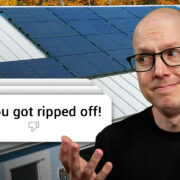

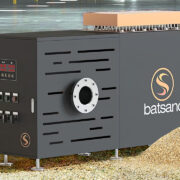

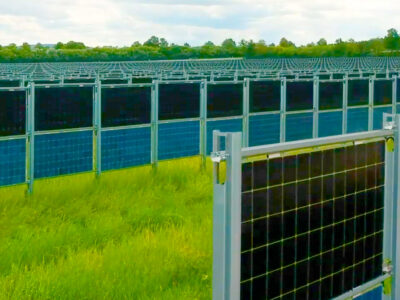
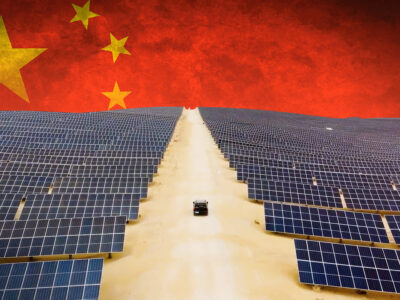

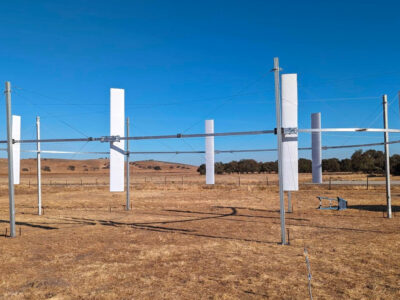


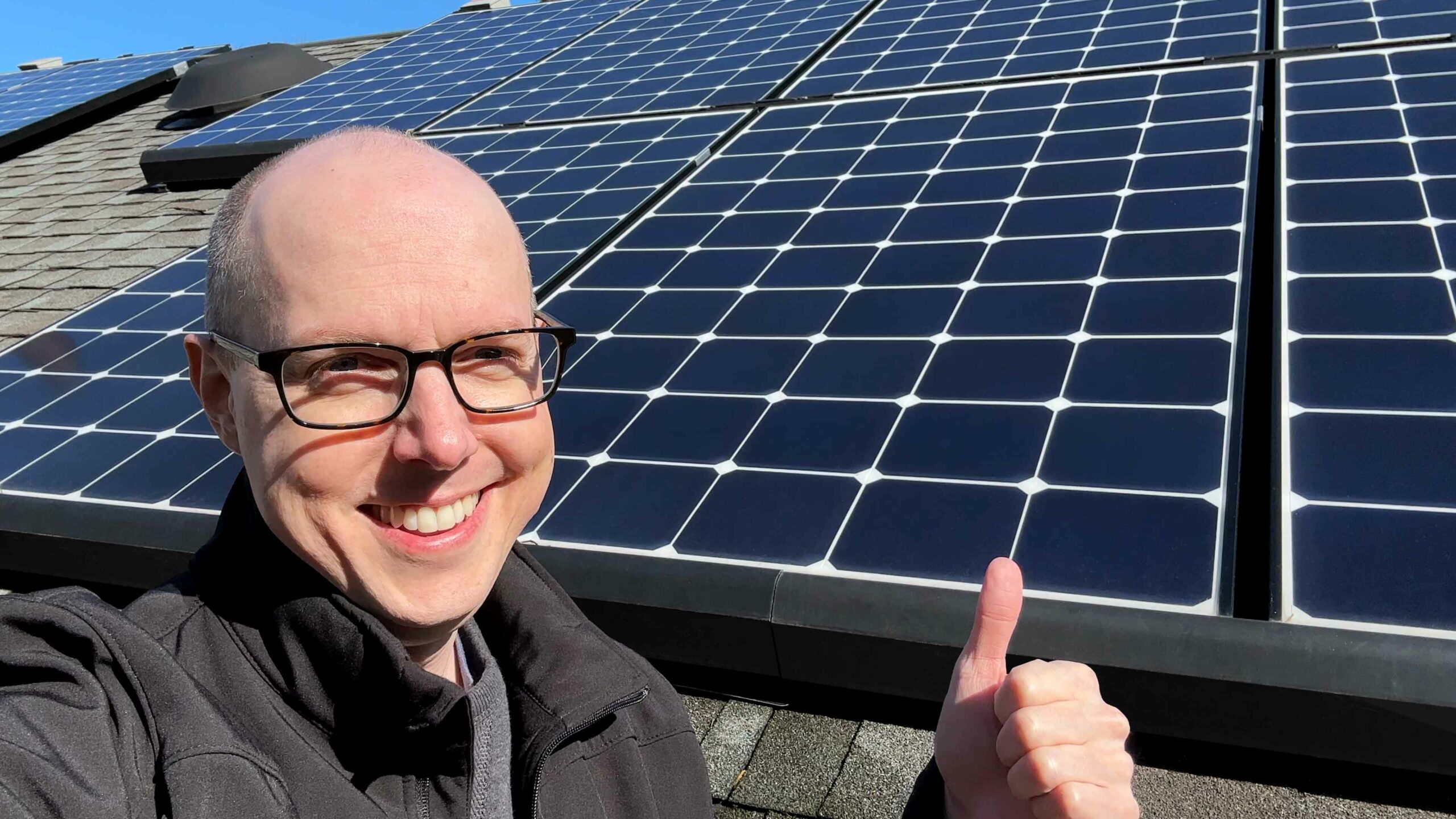
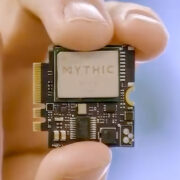
Comments